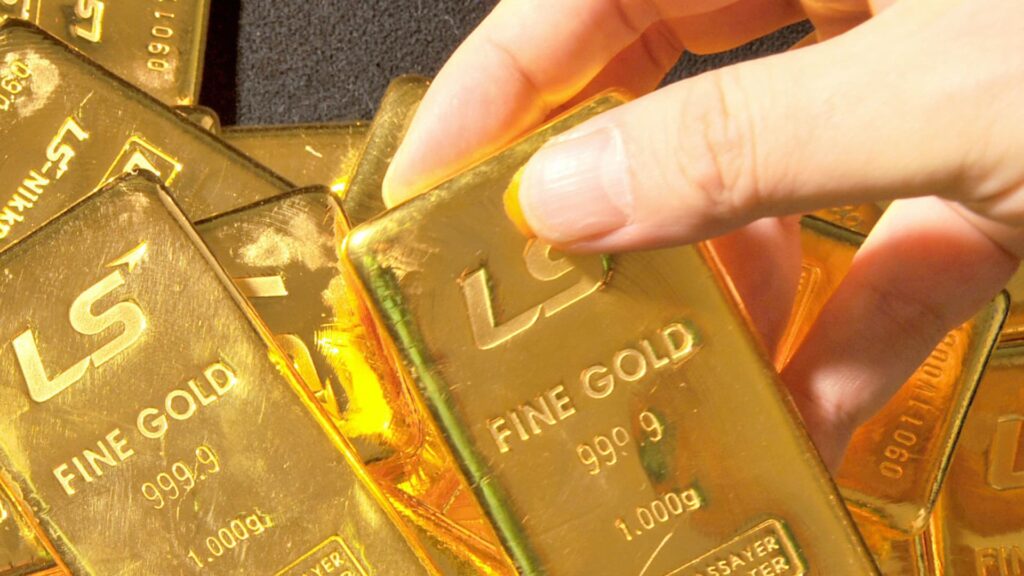Gold prices rose on Tuesday, extending a recovery into a third straight session as the dollar fell amid bets that the Federal Reserve could pause its rate hike cycle by as soon as June.
The greenback fell 0.2% and fell to a two-week low, having reversed most of its recent gains amid a resurgence in bets for a Fed pause, with some participants even positioning for a rate cut later this year.
This scenario bodes well for gold, given that rising interest rates push up the opportunity cost of holding non-yielding assets such as bullion. The Fed’s pivot is also expected to be driven by worsening economic conditions, which increase the safe haven appeal of the yellow metal.
Spot gold rose 0.3% to $1,995.57 an ounce, while gold futures rose 0.3% to $2,006.35 an ounce by 21:43 ET (01:43 GMT). Both instruments were set for a third straight day of gains.
While the Fed is still expected to hike rates by another 25 basis points when it meets next week, Fed Fund futures prices show that markets are pricing in an over 60% chance for a mid-year pause in rate hikes.
A Bloomberg survey also pointed to growing bets that the Fed will cut interest rates later this year, especially if economic conditions worsen.
But the central bank has so far given no indication that it intends to taper its hawkish stance in the coming months. A slew of Fed officials had warned in recent weeks that interest rates will likely rise further to quell sticky inflation – a trend that boosted the dollar and weighed on metal markets.
Focus is now largely on signals from the Fed next week on where monetary policy will go in the remainder of the year.
Other precious metals rose slightly on Tuesday, with platinum and silver futures up 0.1% each.
Among industrial metals, copper prices took little support from a weaker dollar, as markets feared that worsening economic conditions will greatly dent demand for the red metal.
Copper futures were flat at $3.9737 a pound.
Concerns over an uneven economic recovery in China also weighed on copper, given that weak manufacturing activity in the world’s largest copper importer could dent its appetite for commodities.



